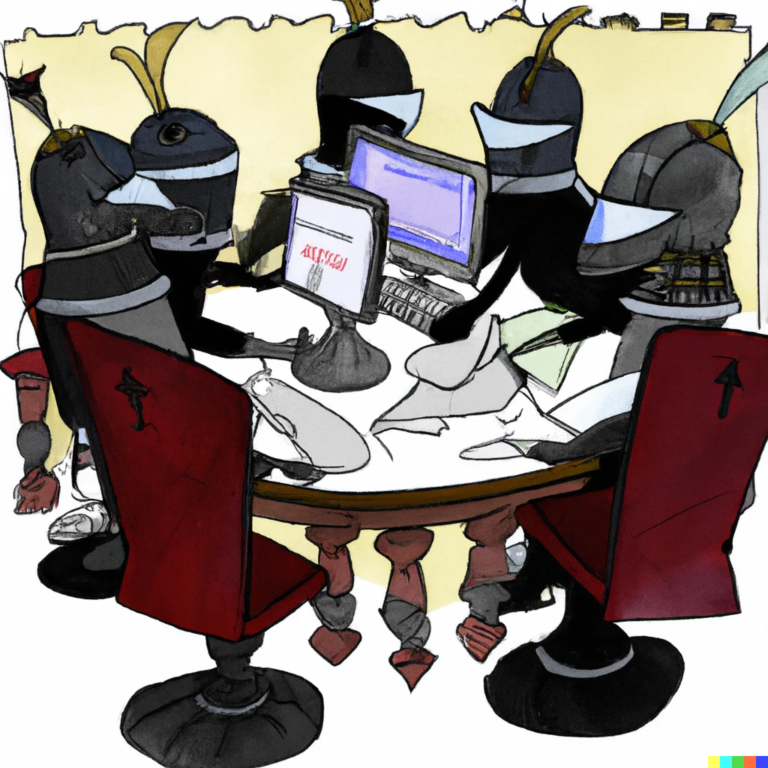CTO RoundTable

For the past 100 years or so we’ve been living in the era of broadcasting. Radio and then television took us to places we never dreamed of, but at the same time we started to forget how to actually listen to each other.
At our BitWise CTO RoundTable, we’re reviving the art of communication and of listening by discussing topics ranging from “How To Hire A Great DBA” to “Tech Myths and Fairytales”. It’s an informal place to meet CTO leadership from around the world, exchange opinions, and share best practice. These sessions are facilitated to keep the discussion on point, on time, and ensure all voices are heard. Based on the results of these lively conversations, the BitWise team creates practical, shareable resources that can be downloaded and adapted for your own use.
If you would like an invitation to the next RoundTable or just communicate with your peers, please contact: info@bitwisemnm.com – we like humans, so we’re looking forward to hearing from you!
Would you like to learn about our past events? Take a look at the list below
CTO RoundTable #1 – How to Hire a Great DBA
CTO RoundTable #2 – Hiring Myths and Fairytales
CTO RoundTable #3 – How to Dissect A Tech Monster
CTO RoundTable #4 – Taking the Guesswork out of Troubleshooting

